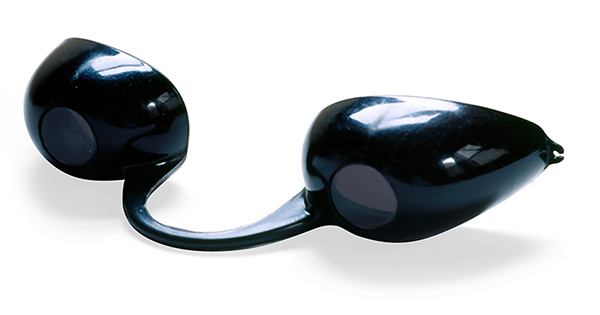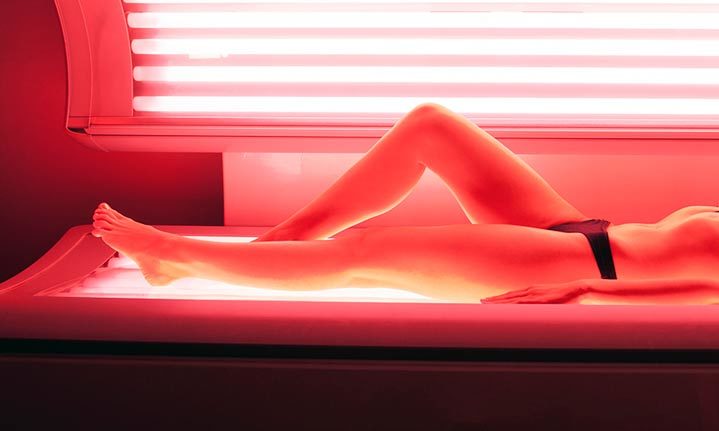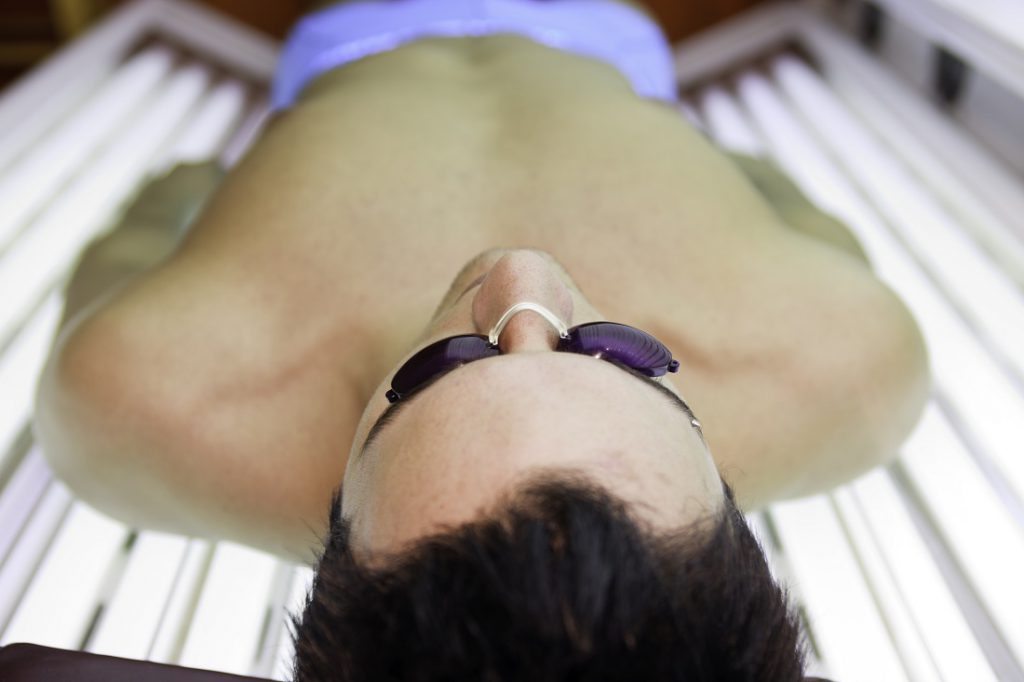By Deborah S. Sarnoff, MD
Myth 1: “Year-round UV exposure is essential for vitamin D and good health.”
Most skin cancers are caused by harmful ultraviolet (UV) rays from the sun or from UV tanning beds. The UVB rays mainly cause sunburn, while UVA rays lead to tanning, skin aging and also contribute to sunburn. It’s the UVB rays that interact with a protein in the skin to convert it into vitamin D. Tanning beds mostly emit UVA rays, which won’t improve your vitamin D level.
Just a few years ago, vitamin D was being hyped as a cure-all for many ailments. Most of those health claims have not panned out in scientific literature. Most people get enough vitamin D from incidental sun exposure on the face and hands in just a few minutes a day. For those who consistently avoid the sun, fortified foods and a supplement with a 600 to 800 IU daily dose can fill in the gaps. Large studies have shown no benefit to higher doses. Additional UV exposure over the minimum does not further increase vitamin D levels, but it certainly increases your risk for skin cancer.
Myth 2: “Indoor tanning is safer than suntanning.”
 Some indoor tanning aficionados say that because tanning machines use mostly UVA light, tanning that way is safer than lying in the sun. Not true. While we used to think UVA light mostly just caused skin aging, we now know that its longer wavelength penetrates the skin more deeply and is strongly linked to melanoma. One study observing 63 women diagnosed with melanoma before age 30 found that 61 of them (97 percent) had used tanning beds. Just one visit to the tanning salon significantly increases your chances of a cancer that can kill you. There’s nothing safe about that.
Some indoor tanning aficionados say that because tanning machines use mostly UVA light, tanning that way is safer than lying in the sun. Not true. While we used to think UVA light mostly just caused skin aging, we now know that its longer wavelength penetrates the skin more deeply and is strongly linked to melanoma. One study observing 63 women diagnosed with melanoma before age 30 found that 61 of them (97 percent) had used tanning beds. Just one visit to the tanning salon significantly increases your chances of a cancer that can kill you. There’s nothing safe about that.
Myth 3: “A base tan before a vacation prevents more dangerous sun damage.”
This used to be a widely held belief, but now we know better. When I was a young dermatology resident, we had light boxes to use therapeutically for people who had severe psoriasis. One of the third-year residents told me, “If you’re going to visit your grandparents in Florida for Christmas vacation, you should use the light box a little bit every day for two weeks and start getting a base tan, so you won’t get burned in Florida.”
Back then, we just didn’t understand the danger. Now we know that any tan is a manifestation of DNA damage in the skin cells, just as sunburn is. The damage starts happening immediately, and it’s not cute when you see new freckles on your nose. (They represent sun damage, too.) We know how dangerous this is now, so why would young girls be doing that to themselves?
Myth 4: “Indoor tanning is a safe and effective, cheaper alternative to physician-supervised phototherapy.”
People in the tanning industry may tell patrons that doctors put people in their light boxes because they’re therapeutic for psoriasis and other skin conditions. First of all, it’s important to understand that the machines used in tanning salons are nothing like the light boxes we have today in doctors’ offices. And we are using them far less than we used to because of newer treatments like biologic drugs.
Today, many dermatologists use excimer laser or what’s called narrow-band UVB for psoriasis, and we’re only spot-treating the skin plaques, not necessarily the whole body. The doctor is limiting the dose and protecting and shielding the rest of the body with sunscreen or protective sheets and clothing. If it has to be the whole body, it’s usually because someone is severely inflicted with psoriasis and maybe they can’t be exposed to the biologic drugs, they have a history of TB, they’re immunosuppressed or have other medical issues. We know that using narrow-band UVB for treatment might cause other problems down the road, like skin cancer. It’s a tradeoff. And patients sign an informed consent that they understand that.

One study observing 63 women diagnosed with melanoma before age 30 found that 61 of them (97 percent) had used tanning beds!
Myth 5: “Tanning beds are a good way to improve your mood or treat seasonal affective disorder.”
There has been a lot of debate about whether tanning can be a form of addiction, or even what has been dubbed “tanorexia,” in which people who love to tan have a compulsion to keep doing it over and over. Does it stimulate your brain to release “feel good” neurochemicals? Are there receptors in the skin that create this feeling? Is it just the warmth and forced relaxation that feel so good? Or is it that women (and some men, too) just like being tan and getting compliments about how they look? No matter what the mechanism is, I have seen that tanning can be a hard habit to break.
I’ve heard patients say things like, “My diamond ring looks prettier when my hands are tanned, Doctor Sarnoff.” “My teeth look whiter when my face is tan.” “I look thinner when I’m tan, and you can’t see my cellulite or my varicose veins.” “When I’m tan, boys tell me I look hot, but when I’m not tanning, I don’t get the compliments.”
But you should ask yourself, are those compliments worth getting cancer? Whether tanning is an addiction or a habit, it’s a dangerous one, worth trying to overcome. If you’re not ready to let go of that color, consider self-tanners. If you are, the key is to find other, healthier, ways to boost your mood and feel good about yourself, whether it’s exercise or spending time with pets, friends and loved ones. For seasonal affective disorder, you can try using a “happy light,” which emits visible light you absorb through your eyes rather than harmful UV light on your skin. Also, getting outside in daylight, with sun protection, especially if you can commune with nature, is a proven mood booster.
Sign the Petition: Tell the FDA to Ban Teen Tanning!
Deborah S. Sarnoff, MD, is a clinical professor of dermatology in the Ronald O. Perelman Department of Dermatology at NYU School of Medicine in New York City. Cofounder and codirector of Cosmetique, a private practice in Manhattan and Long Island, Dr. Sarnoff is also president of The Skin Cancer Foundation.





